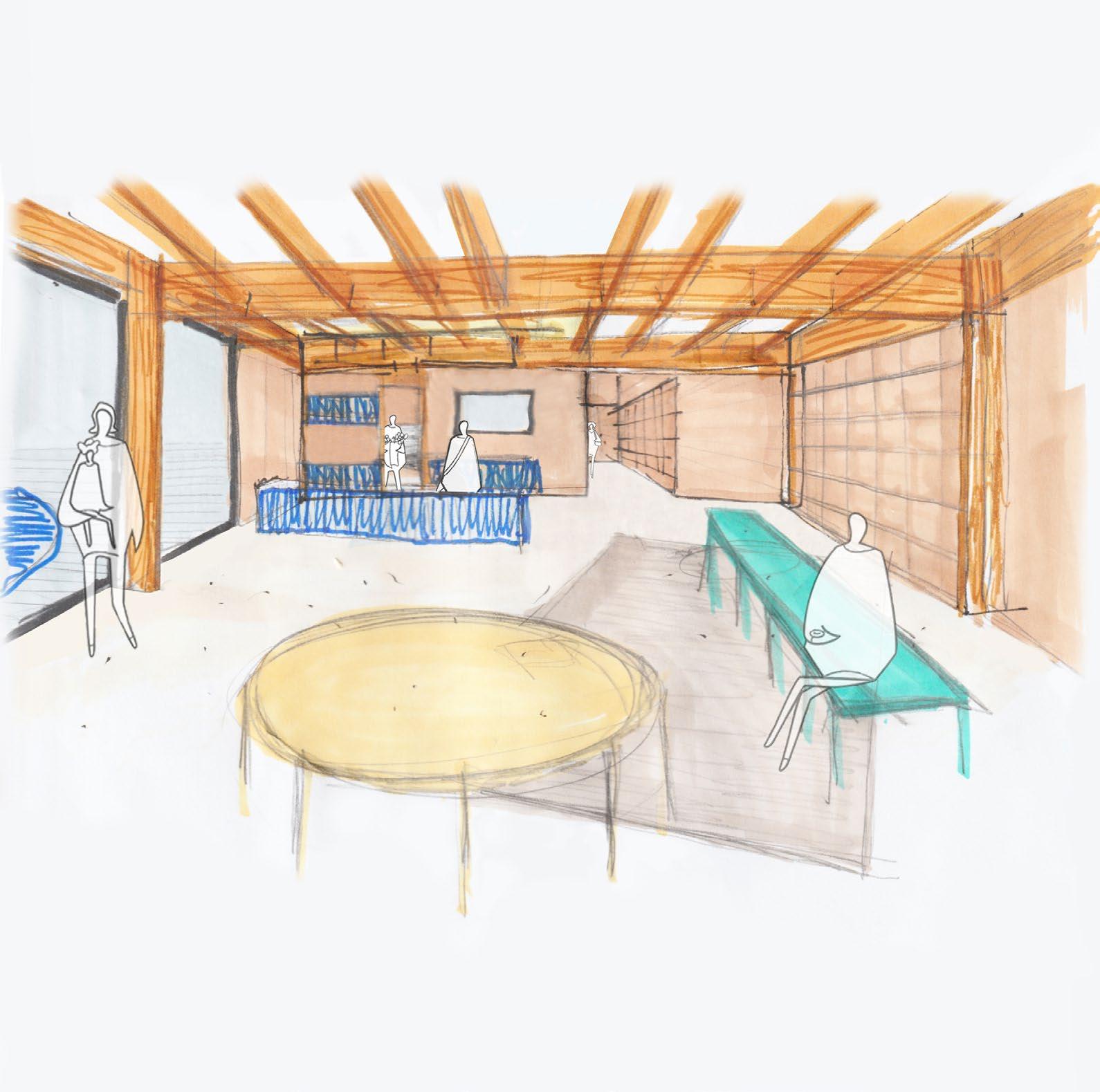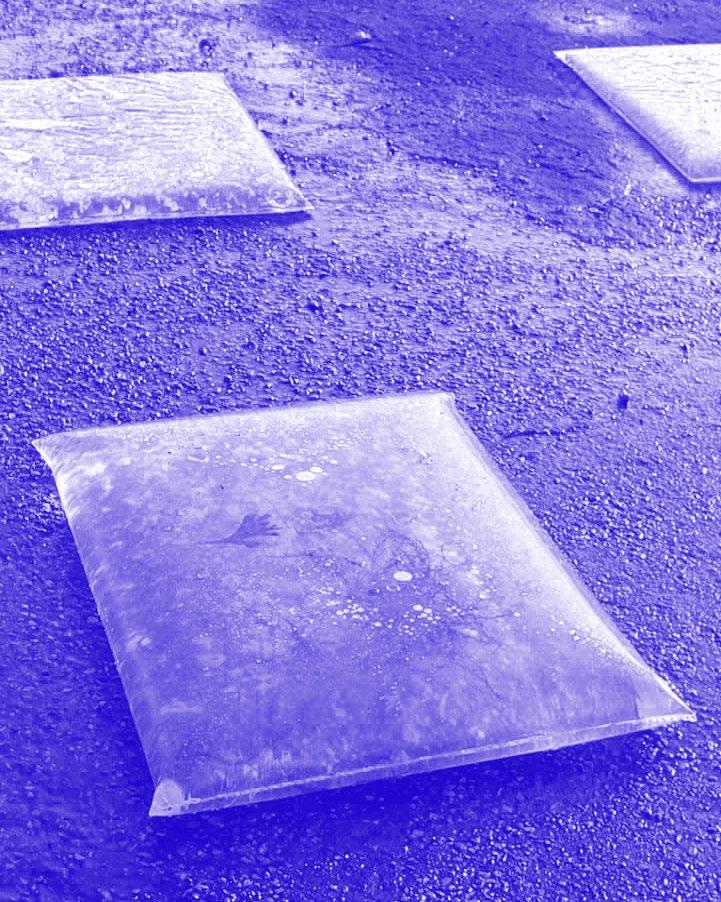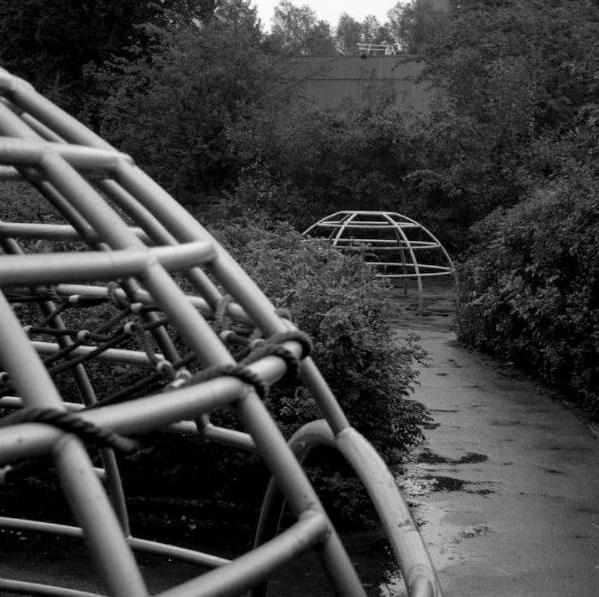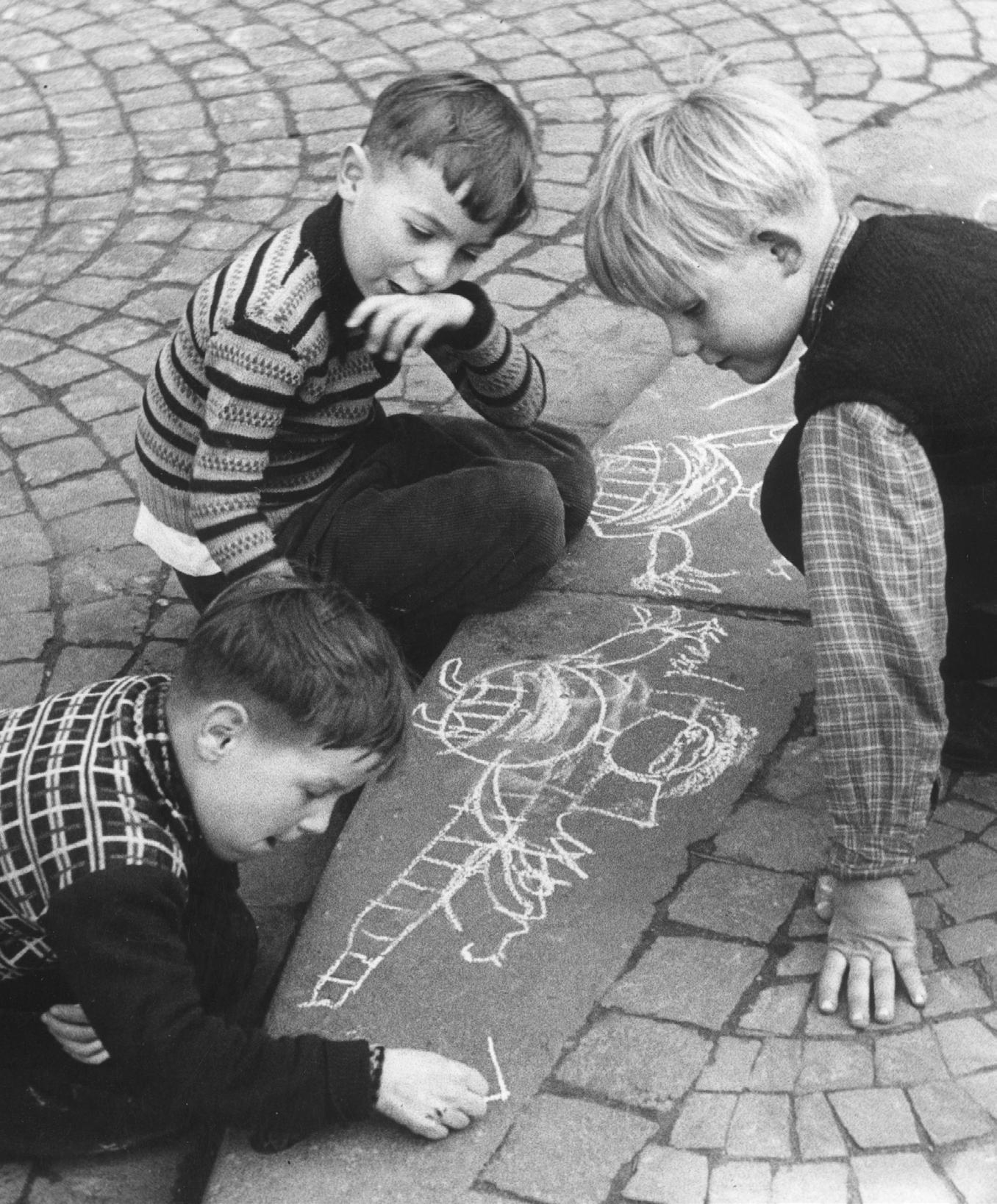A. VAN EYCK’S PLAYGROUNDS To illustrate and understand the theoretical concepts of Play, Aldo Van Eyck’s playground masterwork will be critically studied in the next pages. His insights and insurgent designs were the concluding elements of the urban theory of Play. Indeed, to this date, no other notable research on the subject is as essential as what Van Eyck bestowed.
the neighbourhoods. The projects featured cheap concrete elements, a hardscape, some metal Play tools and few benches. The affordability and simplicity of the architectural concepts enabled the dissemination of the network. As it can be seen in some pictures, appropriation was also totally permitted which enacts the success of the ideation.
[Context] From 1947 to 1978, Aldo and his colleagues, imagined more than 700 playgrounds in Holland. On behalf of Amsterdam Department of Public Works, he imagined the biggest known network of built playground spaces. Set in the post-second-world-war context, where families had little access to their own outdoor grounds, the need of qualitative public spaces was exceptionally high. The demand to gather and reinforce local communties was moreover increasing. [Potentials] For Van Eyck, the opportunity was too great not to be taken. He reunited his colleagues and went searching for derelict and unused spaces in the city. Subsequently, they then started moulding those new urban spaces. After the war, a huge number of left-over space was available, mostly in familial suburban areas. With his generous act, he empowered the city and gave people access to the potential of urban leisure. This is why the proximity of the future users was essential and makes it a key component of the local strategy of Amsterdam’s playgrounds network. [Layout] The composition of the playspaces was unambiguous: minimalist and geometrical positions had in mind to offer a modest and local answer for
32
| VAN EYCK’S PLAYGROUND
Fig. 6 - Municipal Orphanage Playground (Source: www.arcam.be )
[Free] One last component which conclude the success of those playspaces was the unfenced and free access to the site. For Aldo, the unprotected boundaries allowed children to comprehend the notions of risks and borders. The vigilance of an adult was always present. This allowed interactions between parents and created a safe environment allowing Play. The freeaccess and absence of rules authorised the playground to be an integrated public space granting inclusive access to every citizen without any notion of gender, age, skin colour and other distinctions.


























